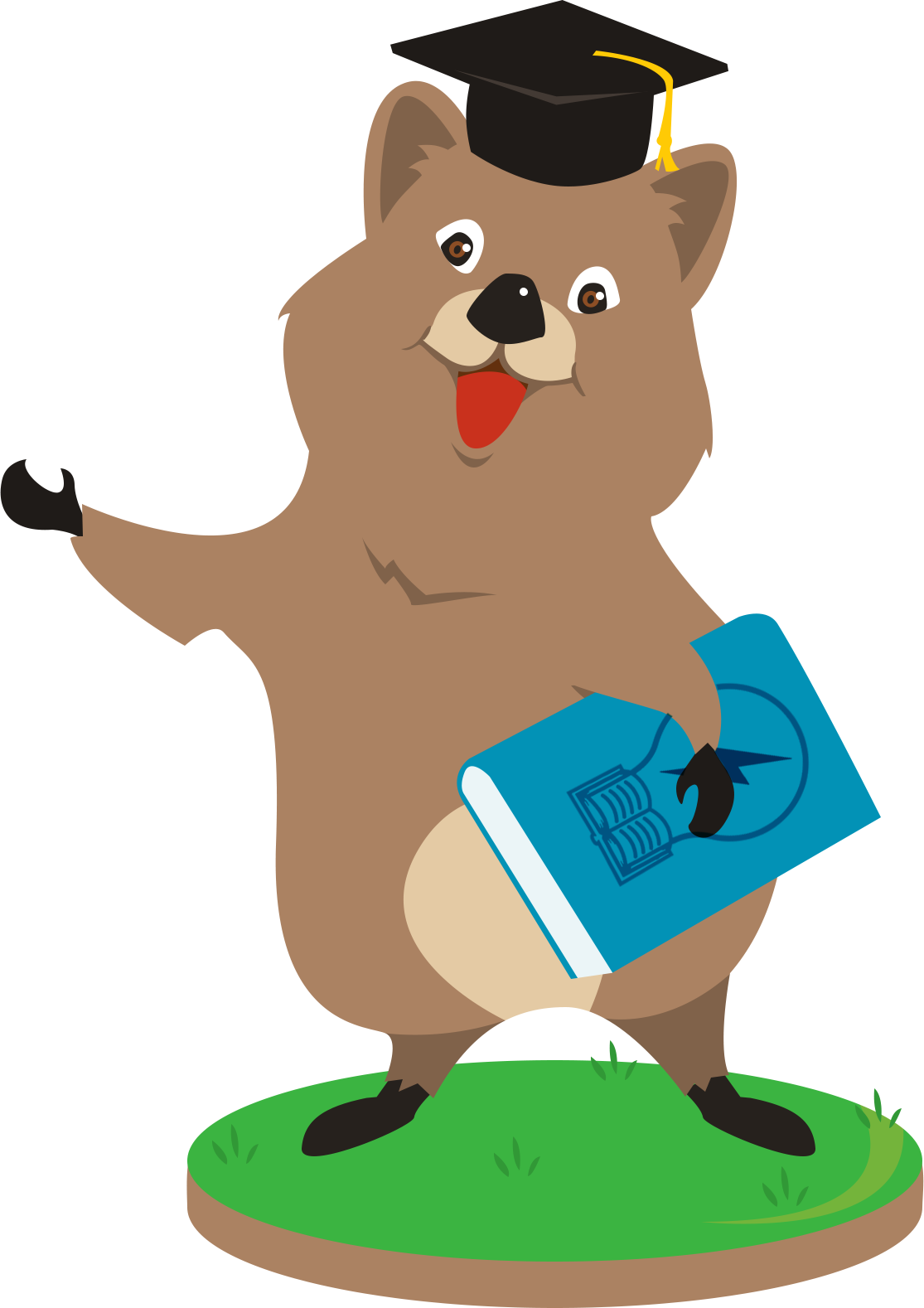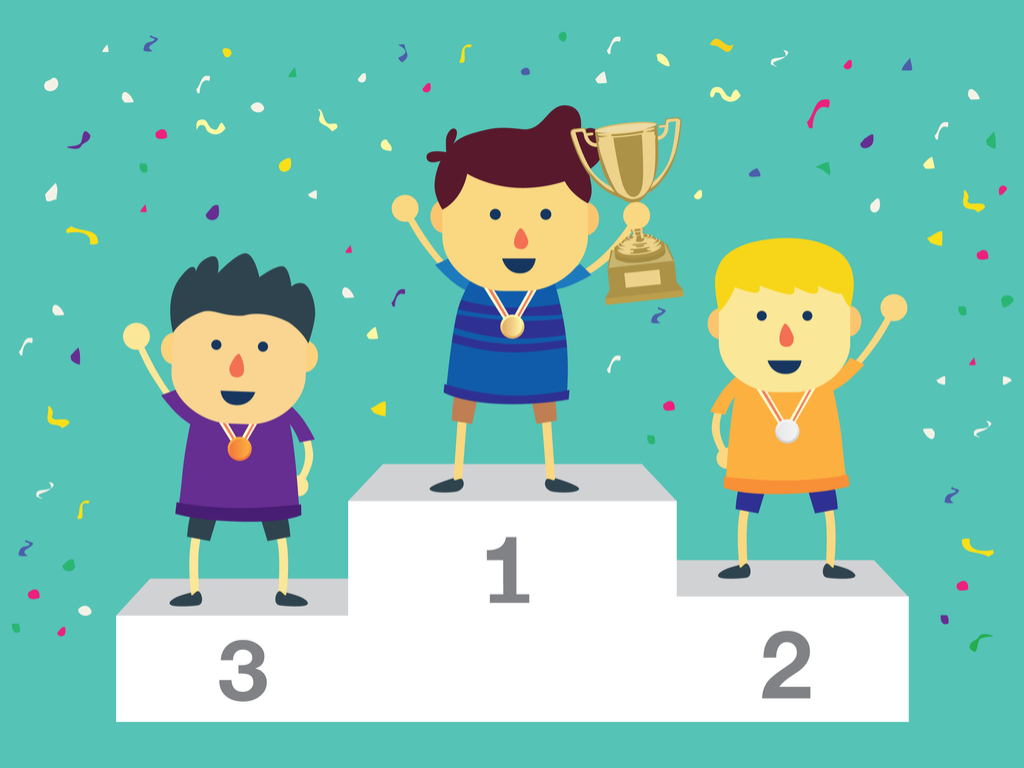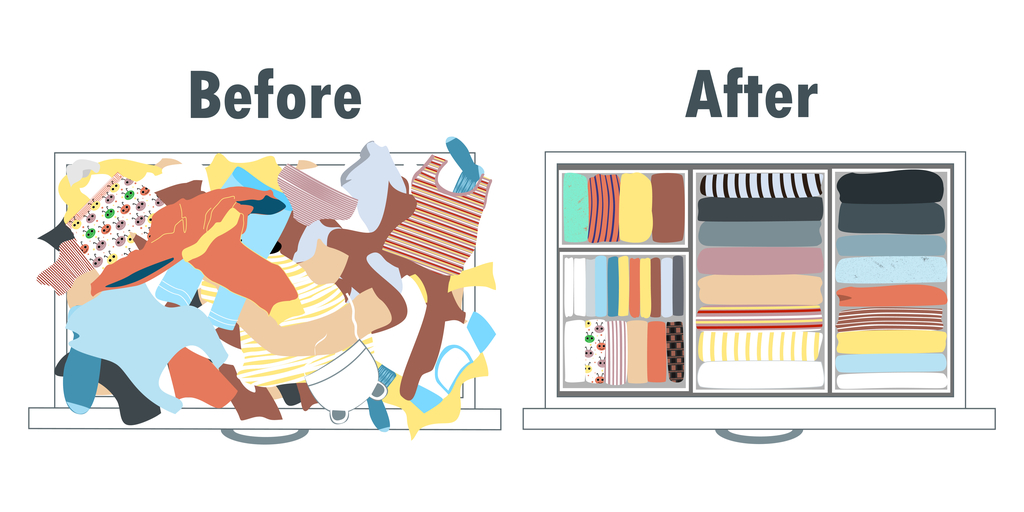
We’re an affiliate!
We hope you love the books we recommend! Just so you know, we may collect a share of sales or other compensation from the links on this page. Thank you very much if you use our links, we really appreciate it.
Long story short, “Designing your Life” is about developing the process of understanding who you are and where you want to go throughout your life. Instead of following the cookie-cutter path of a 9-5 job, its important to develop a framework of figuring out what excites you and gives meaning in your life.
Biggest Takeaway

As we are growing up, we have this typical idea where we strive for good grades, get admitted to a great school for an education, to get a “decent paying job”.
Yet, what’s concerning is the fact that 71% of employees in the US, are not engaged in their current jobs, while 60% are open to new job opportunities.
At the same time, it’s also quite ironic how only 27% of college grads actually end up in a career related to their field of study. (I know I definitely had this problem as a Finance student, who ended up pursuing another career path).
Instead of mindlessly following the cookie-cutter path in life, Designing your Life takes a viewpoint of building your life from a designer’s perspective. Think of it as you are the designer of building your dream house, and apply that to aspects of your life.
You need the right tools, materials, and most importantly the foundation of understanding how to build your life from scratch. Designing your Life provides the foundation for building this framework.
To get started, here are the 3 most important lessons I’ve learned from Bill Burnett’s Designing your Life:
In order to find your path to a fulfilling dream life, do a self-assessment before you decide where you are going
Look for daily activities or skills that spark joy and give you energy, and combine those activities with a purpose that gives you great meaning.
You won’t fall into your dream career or life right away. It’s important to test and explore different experiences and see which aspects would stick.
Lesson #1: Understand where you are, before you decide where to go

You can never really know where to go, before you know where you are. A lot of the time, we find ourselves having dreams of driving that fancy car, becoming financially independent, or getting that house with a white picket fence and kids.
While visualization is definitely a great tool for motivation, it’s as, if not more important to ask yourself the right questions and do a self-assessment of how your life is today.
The book recommends to divide your life into 4 buckets when doing a self-assessment:
-
Health: Physical and emotional well-being
-
Work: Your contribution or value add to society
-
Play: What excites you and sparks joy
-
Love: The relationships in your life
Rate yourself from 1-10 in terms of how fulfilled you feel in each bucket and based on your assessment, you can identify which areas are thriving and which areas need improvement.
There are no wrong answers to this as depending on what you value, some will prioritize certain categories more than others. Certain people may focus on hustling and working, while others may prioritize cultivating relationships and playing.
The most important aspect is that you are concentrating on the buckets that you value, and are self-aware if there are any gaps that you wish to fill in your life.
Lesson #2: Find out which activities energize you and tie that into what gives you meaning
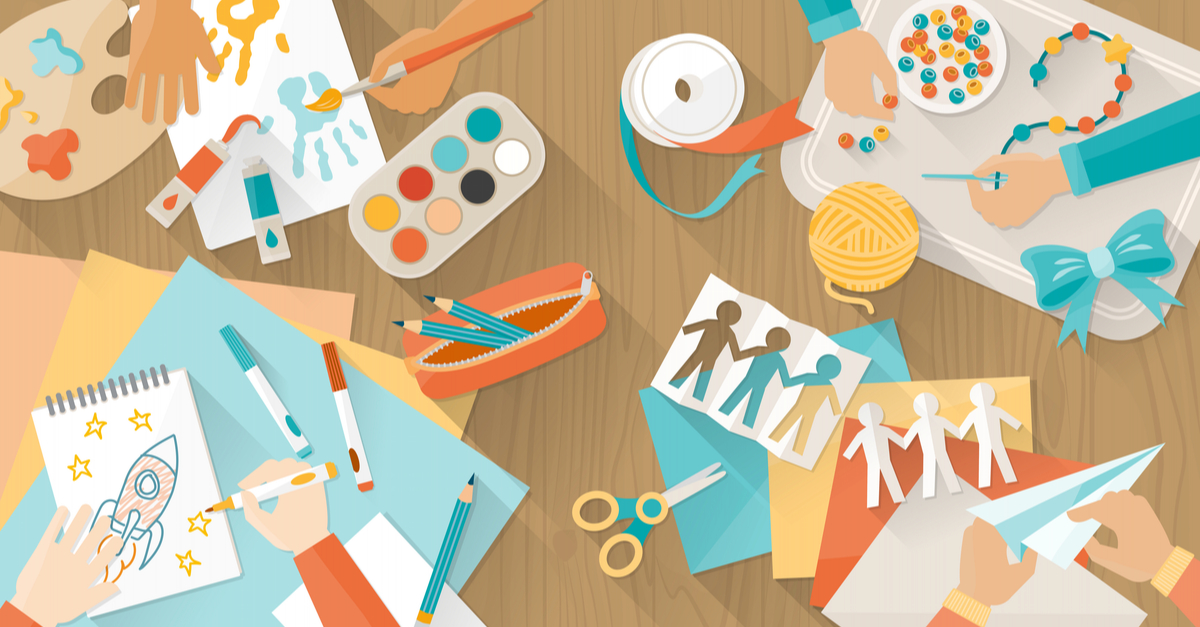
After knowing where your buckets are from the self-assessment, now it’s time to understand which direction you are heading.
A lot of the time, there are lofty expectations about what our future careers would be like. As we growing up and enter the schooling system, there is an underlying expectation and pressure of “figuring out” what your career and the next 30 years of your life will look like.
Usually, these expectations can be “I want to be a doctor” or “I want to be an executive at a Fortune 500 company”.
There’s nothing wrong with those expectations or goals, however, instead of choosing an occupation or career path right away, it’s important to understand the activities that spark joy and energize us.
It is only AFTER understanding which activities give us genuine joy, is when we can have a better understanding of finding our true purpose and decide which cause to contribute towards.
Do you like working with numbers? Do you prefer to work with teams or independently? Do you prefer managing quantitative or qualitative data?
As you constantly do activities that you naturally gravitate towards, you can slowly pick up which path and direction you are heading for a certain career or lifestyle that works for you.
Lesson #3: Test, Iterate, and try again
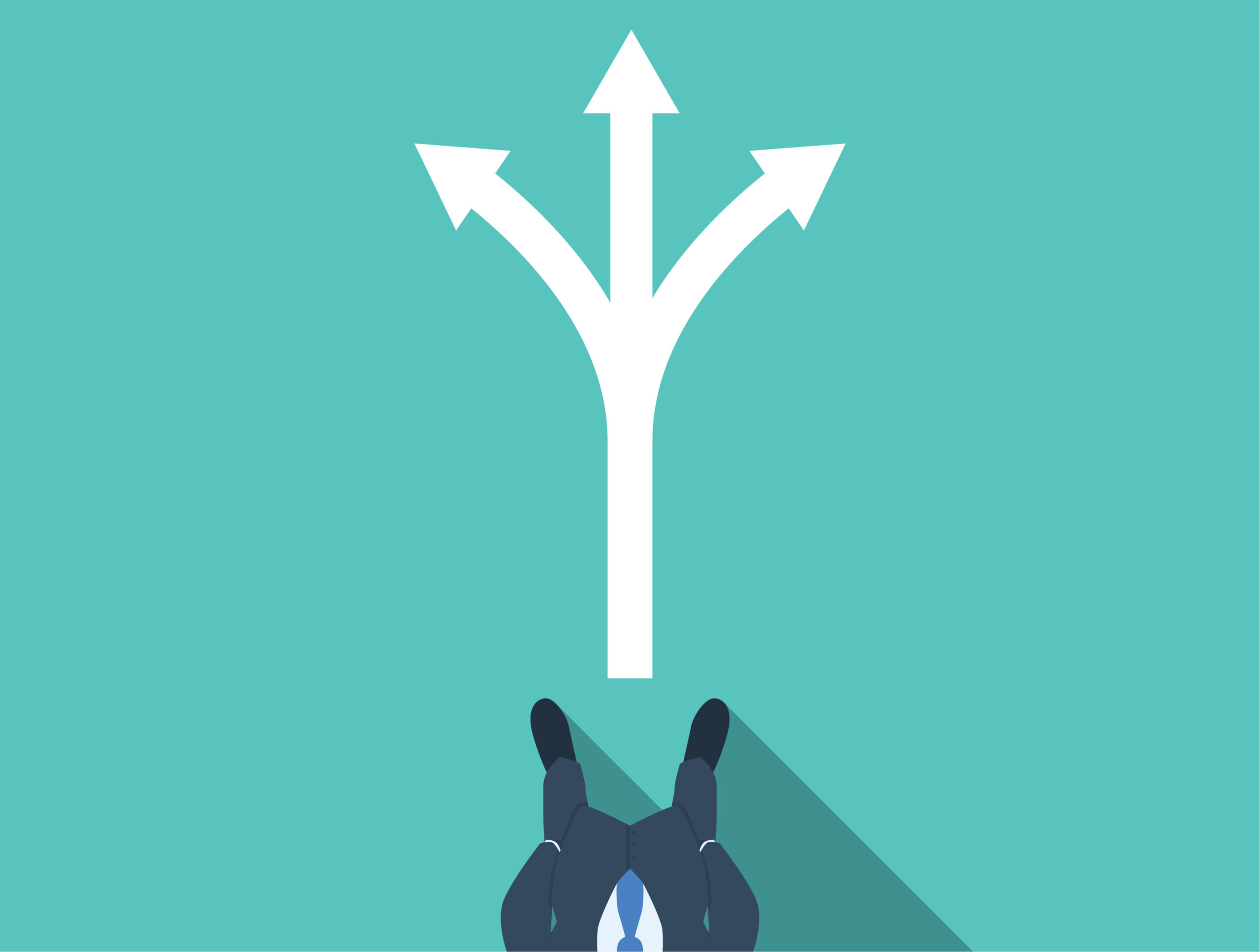
There is no such thing as a straight path to a fulfilled and rewarding life.
Life is a journey, and as you go along the journey, experimenting with different aspects and knowing what you LIKE and more importantly what you DON’T LIKE will lead to building the foundation of the life you want.
Part of the life design process involves building off the knowledge of understanding yourself, combining that with which activities that excite you to pursue various careers.
The book outlines a framework called “Odyssey planning” in order to test, iterate, and try different careers.
Odyssey planning is when you split your life into 3 separate lives:
-
The Thing you would do
-
The Thing you would do if the first option was gone
-
The thing you would do if money or image were no object
Think of it in a sense where your first life is your initial career, while your second life is when realize there are other options that excite you outside of your initial career, then your third life would be pursuing a career if money or image weren’t factored in.
When you look at examples from Arnold Schwarzenegger to Vera Wang to Dwayne “the Rock” Johnson, their careers now were vastly different from their initial jobs/careers.
- Arnold Schwarzenegger: Bodybuilder to Actor to Governor
- Vera Wang: Figure skater turned journalist turned Fashion Icon
- Dwayne Johnson: Football player in the CFL to WWE entertainer to Leading Hollywood Actor
There’s no pressure to “get it right” the first time. Part of the process of designing your life is figuring out what you love and what you don’t love.
Long Story Short Review:
As someone who initially pursued a traditional career in finance and pivoted into the technology industry and writing, Designing your Life taught me eye-openings lesson on how I viewed jobs, careers and balancing many competing priorities in my life.
This has been super relevant to myself as I often questioned why was I initially pursued a career in finance for the wrong reasons.
Who is this for?
Would highly recommend this to those who are figuring out what type of career they would like to pursue. Can be relevant to anyone from students with a dilemma of choosing the right college program, to almost graduating school, to those who feel stuck in a certain job, but need clarity and direction.
If you would live to give Bill Burnett’s Designing your Life a read while supporting the website, feel free to click here:
- Burnett, William, and David J. Evans. Designing Your Life: Build a Life That Works for You. Vintage Books, 2018.
- Harter, Nikki Blacksmith and Jim. “Majority of American Workers Not Engaged in Their Jobs.” Gallup.com, Gallup, 9 Jan. 2020, news.gallup.com/poll/150383/majority-american-workers-not-engaged-jobs.aspx.
- Plumer, Brad. “Analysis | Only 27 Percent of College Grads Have a Job Related to Their Major.” The Washington Post, WP Company, 20 May 2013, www.washingtonpost.com/news/wonk/wp/2013/05/20/only-27-percent-of-college-grads-have-a-job-related-to-their-major/.


